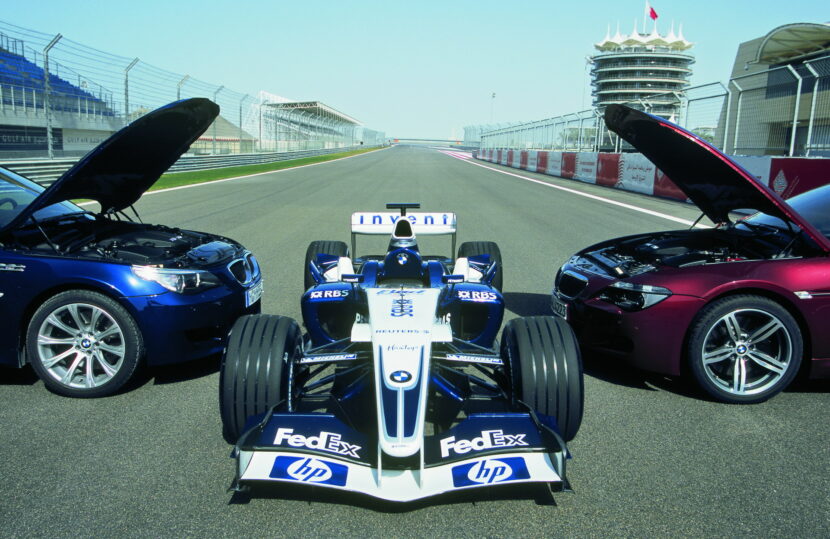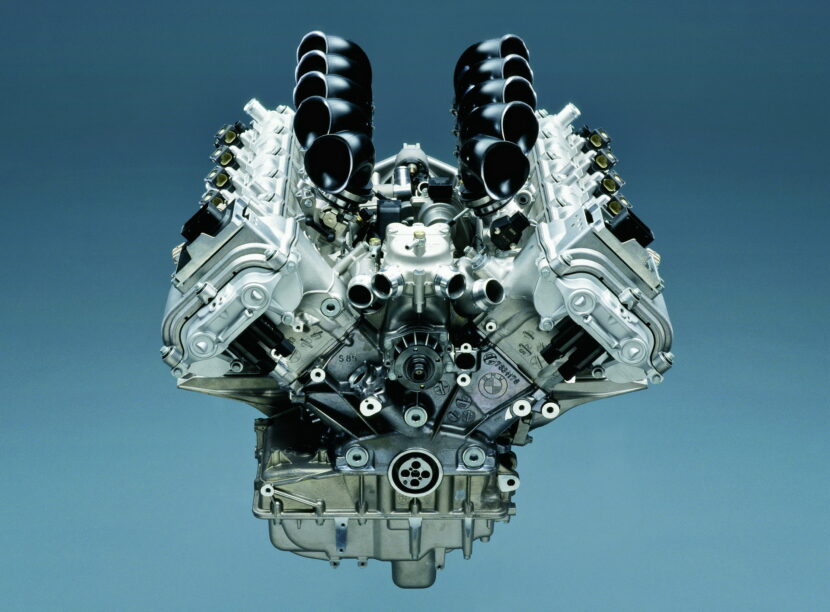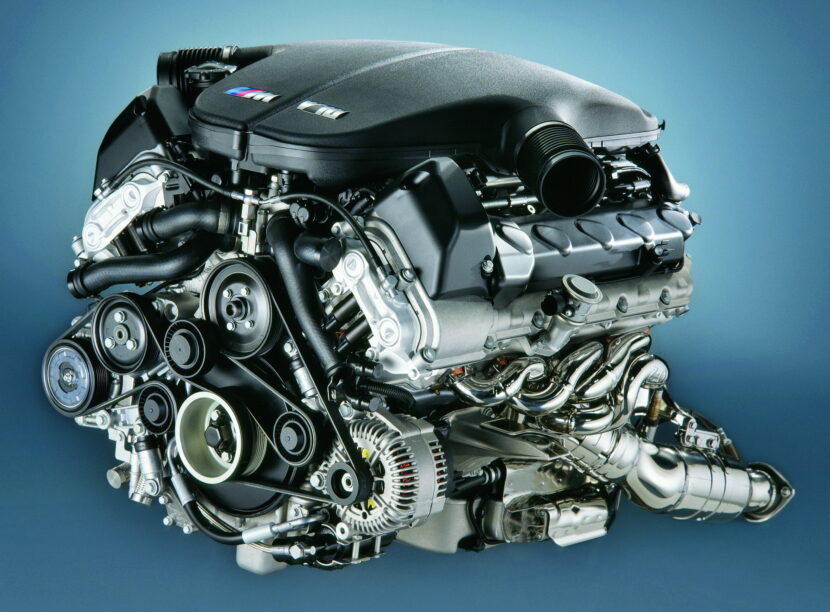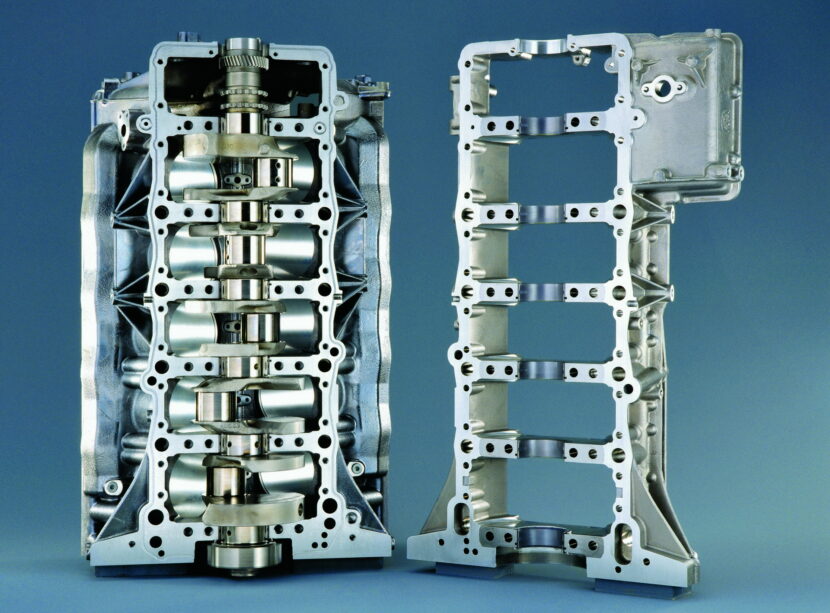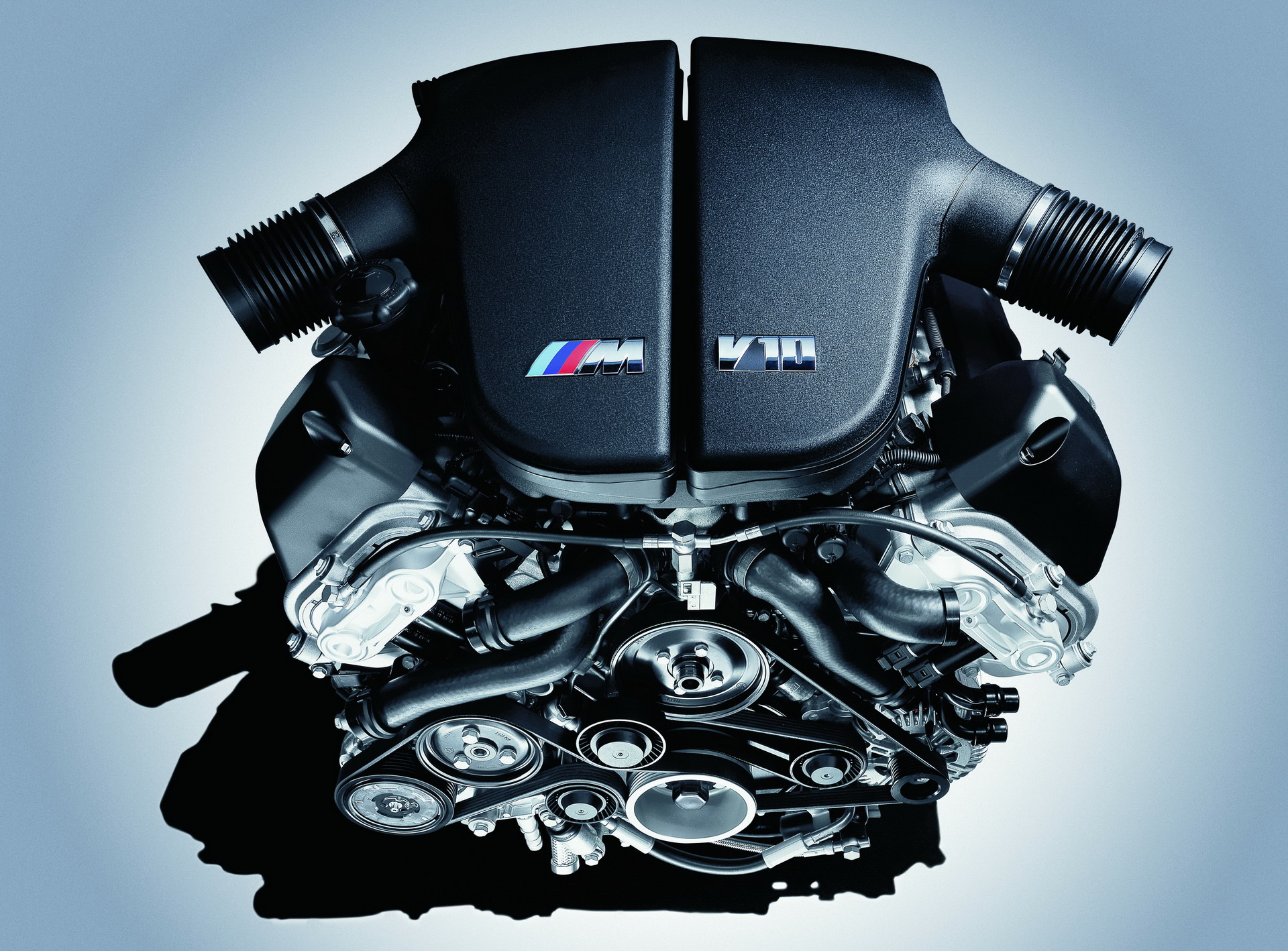
The BMW S85, a 5.0-litre naturally aspirated V10 engine, is one of BMW M’s most ambitious engineering feats. Developed for the E60 M5 and E63/E64 M6, the S85 was inspired by BMW’s Formula 1 experience in the early 2000s 21st, showcasing high-speed design, stunning sound and motorsport technology. While the S85 is respected by enthusiasts for its performance and character, it also has a reputation for high maintenance requirements and potential reliability concerns. This article delves into the pros, cons, S85 reliability, tuning capabilities, and maintenance needs.
S85 engine features
- The S85 engine produces 500 horsepower at 7,750 rpm and 384 pound-feet of torque at 6,100 rpm.
- With a redline of 8,250 rpm, the engine delivers exciting, high-revving performance, making it a standout in its class.
- Building on BMW’s Formula 1 experience, the engine features advanced materials and technologies, including individual throttle bodies and lightweight design.
- The S85 emits a unique exhaust note, often described as one of the best in BMW history, blending a high-pitched wail with a deep growl.
- As BMW’s only production V10 engine, the S85 engine holds a special place in the brand’s history and offers a unique driving experience.
Cons of the S85 engine
- The S85 is prone to many problems, including rod bearing wear, VANOS solenoid failure, and throttle actuator problems.
- High oil consumption is common, especially as the engine ages.
- Advanced design and complex components make S85 difficult and expensive to repair and maintain.
- Diagnostic and repair work often requires specialized knowledge and tools.
- Most S85-equipped cars were paired with the SMG III single-clutch automated manual transmission, known for jerky shifts and frequent hydraulic pump failure.
- Routine maintenance and potential repairs can be expensive, with rod bearing replacements and VANOS repairs being particularly expensive.
- The engine’s strained nature and fuel consumption make it less practical for daily driving, with average mileage often in the single digits.
S85 engine reliability
The reliability of the S85 is often debated. While many owners enjoy hassle-free experiences with proper maintenance, others encounter major problems due to neglect or design flaws. Main concerns include:
- Rod bearings: Premature wear of the rod bearing is one of the most well-known problems. Original BMW bearings and oil clearance were insufficient for the high-speed design, requiring replacement every 60,000-80,000 miles.
- Throttle actuators: Electronic throttle actuators can fail due to gear wear, resulting in a limp mode. Replacements are common at higher mileage. Some owners report premature wear of these devices.
- Lantern system: The dual VANOS system is susceptible to solenoid failure, which can result in rough idling, loss of power, or check engine lights.
- Cooling system: Cooling system components, including the water pump and thermostat, often fail prematurely, putting you at risk for engine overheating.
- SMG hydraulic pump: Owners noticed hesitation occasionally occurred during shifts when the engine had difficulty building hydraulic pressure quickly enough.
- Serpentine belt
Models using the S85 engine
- 2005-2010 E60/E61 M5
- 2005-2010 E63/E64 M6
- 2009-2010 Wiseman GT MF5
- 2009-2013 Vermut Veritas RS III
S85 engine tuning
The S85 offers great tuning potential, although its naturally aspirated design limits gains without major adjustments.
- ECU tuning: Software tunes can improve throttle response, remove the rev limiter, and improve power delivery, typically adding 10-20 horsepower.
- Exhaust systems: Upgrading the exhaust can result in a more aggressive sound and slight performance gains, especially with headers or no-cat setups.
- Forced induction: Supercharging is a popular route for those seeking a significant power boost. Aftermarket kits can push output beyond 700 horsepower, but require a significant investment and supporting modifications.
- Weight reduction: Since the S85 is already highly refined, performance improvements could also come from reducing the car’s weight rather than upgrading the engine.
- Intake adjustments: Carbon fiber airboxes and high-flow filters can improve airflow and enhance engine noise.
Maintenance tips for the S85 engine
- Rod bearing replacement: Replace rod bearings proactively to prevent catastrophic engine failure. Consider upgrading bearings with improved clearances and high-performance oil.
- Oil changes: Use high-quality synthetic oil (10W-60 recommended) and change it every 5,000 miles to reduce wear.
- Lantern maintenance: Inspect and replace VANOS solenoids and seals regularly as needed to maintain optimal performance.
- Replace throttle actuator: Monitor the throttle actuators for signs of failure and replace them with upgraded units when necessary.
- Cooling system repair: Replace the water pump, thermostat and hoses at regular intervals to prevent overheating.
- Transmission care: If the vehicle is equipped with an SMG transmission, have the hydraulic system serviced and consider converting to a manual gearbox to improve reliability and driving enjoyment.
- Regular diagnosis: Perform regular diagnostics to detect potential problems early. Having a reliable BMW-specific scanner or diagnostic tool is essential.
The BMW S85 engine is a true engineering feat, delivering exceptional performance, an unforgettable soundtrack and an exhilarating driving experience. However, their complex design and high maintenance requirements make them a difficult choice for ownership. With diligent care and regular maintenance, the S85 can provide years of exciting performance, but potential buyers should be prepared for the associated costs and occasional repairs. For those enthusiasts willing to invest the effort, the S85 engine stands out as one of BMW’s most iconic engines, embodying the brand’s rich motorsport heritage.

